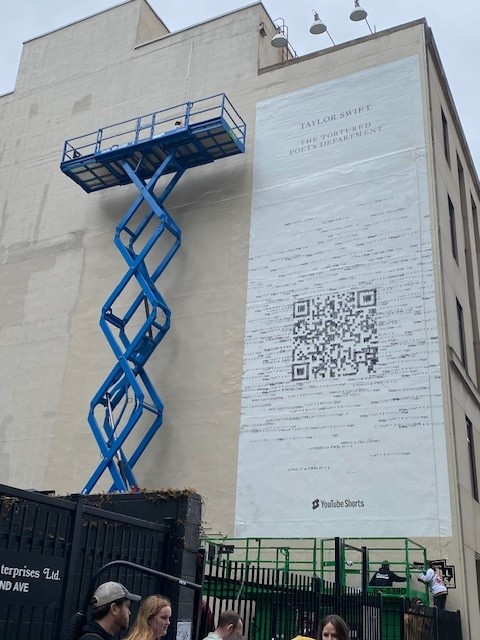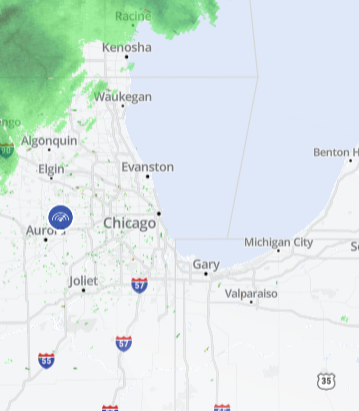Railroad crews in East Chicago, Indiana, spent Thursday relocating several train cars to a safe area after a CSX train hauling crude oil derailed Wednesday evening.
The cause of the derailment is under investigation.
Several of the 18 tank cars that derailed look like they took a beating. However, none of the crude oil leaked, there were no fires and no one was injured.
A spokesperson for CSX said the train’s DOT-117 model tank cars are designed to be stronger than previous tank car models.
“They have several layers of protection,” said CSX spokesperson Cindy Schild. “All the product was contained.”
According to the Federal Railroad Administration (FRA), legacy DOT-111 tank car models have been phased out of crude oil service. As of January 1, 2020 approximately 60% for the rail cars transporting crude oil meet or exceed the DOT-117 specification, with the remaining 40% meeting the Industry CPC-1232 enhanced standard for DOT-111’s in crude oil service.
Schild said the oil in the derailed tank cars will be drained and sent to refineries for processing. She said the tank cars, themselves, will be scrapped.
Local
The Association of American Railroads said 99.999% of all tank cars containing crude oil arrive at their destination without a release caused by an accident.
“Despite this strong record, railroads continue to tirelessly pursue an accident-free future,” said AAR spokesperson Jessica Kahanek.
A 2015 NBC 5 Investigates analysis of Illinois state records showed around 40 crude oil trains rolled through the Chicago area every week. The trains can stretch more than one mile and contain 100 tanker cars.
The trains have been nicknamed “bomb trains” in the past. In case of emergency, a half mile on either side of the tracks could be evacuated.
The FRA website lists 80,298 rail tank cars were used to carry Class 3 flammable liquids in 2018. The FRA said that’s an increase of 4% since 2017, but still down from a high in 2015 of 92,358 tank cars.



